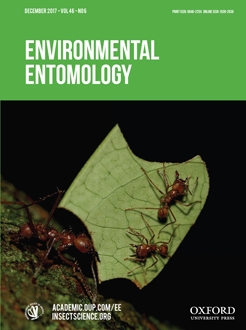In this work, we investigated the factors that determine the distribution of galling insects in high-altitude grasslands, locally called ‘campos de altitude’ of Mantiqueira Range and tested whether 1) richness of galling insects decreases with altitude, 2) galling insect richness increases with plant richness, 3) variation in galling insect diversity is predominantly a consequence of its β component, and 4) turnover is the main mechanism driving the beta diversity of both galling insects and plants. Galling insect richness did not exhibit a negative relationship with altitude, but it did increase with plant richness. The additive partition of regional richness (γ) into its local and beta components showed that local diversity (α) of galling insects and plants was relatively low in relation to regional diversity; the β component incorporated most of the regional diversity. This pattern was also found in the multiscale analysis of the additive partition for galling insects and plants. The beta diversity of galling insects and plants was driven predominantly by the process of turnover and minimally by nesting. The results reported here point out that the spatial distribution of galling insects is best explained by historical factors, such as the distribution of genera and species of key host plants, as well as their relation to habitat, than ecological effects such as hygrothermal stress – here represented by altitude.
How to translate text using browser tools
26 October 2017
Galling Insects of the Brazilian Páramos: Species Richness and Composition Along High-Altitude Grasslands
Marcel S. Coelho,
Marco Antônio Alves Carneiro,
Cristina A. Branco,
Rafael Augusto Xavier Borges,
G. Wilson Fernandes
ACCESS THE FULL ARTICLE
It is not available for individual sale.
This article is only available to subscribers.
It is not available for individual sale.
It is not available for individual sale.

Environmental Entomology
Vol. 46 • No. 6
December 2017
Vol. 46 • No. 6
December 2017
Atlantic forest
biogeography
campos de altitude
Richness hypothesis
β diversity




